What do butterflies feed on?
A naturalist in the Gulbenkian Garden
In Portugal, 135 species of daytime butterflies and about 2,600 species of nocturnal butterflies, also known as moths, have been identified.
All of these insects, which belong to the order of Lepidopterans, eat different types of food during their lives. “It depends on their stage of development,” explains Patrícia Garcia-Pereira.
During the immature stage, when they are still caterpillars, “butterflies have jaws: they cut, chew and feed on plants”. Some species feed on plants in general, others have preferences, such as the Swallowtail butterfly caterpillar (Papilio machaon), which likes rue leaves, fennel and parsley, although it feeds on many other plants. The Red Admiral butterfly caterpillar (Vanessa atalanta) prefers nettles and parietaria. Both can be found in many places, including parks and urban gardens.
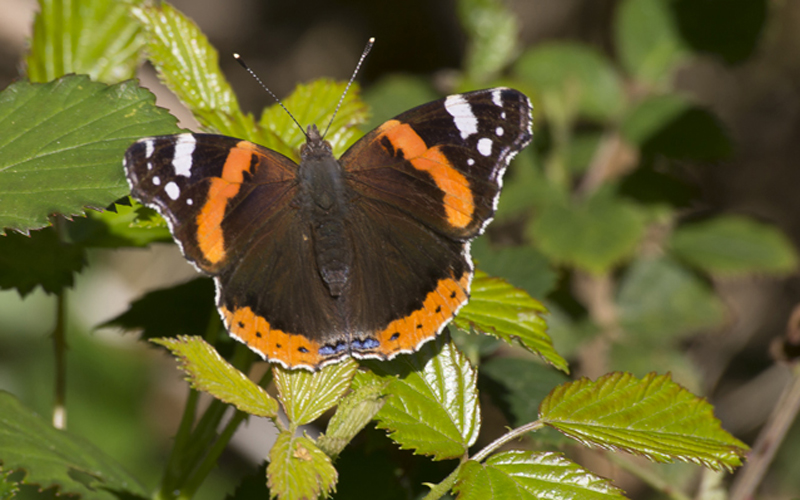
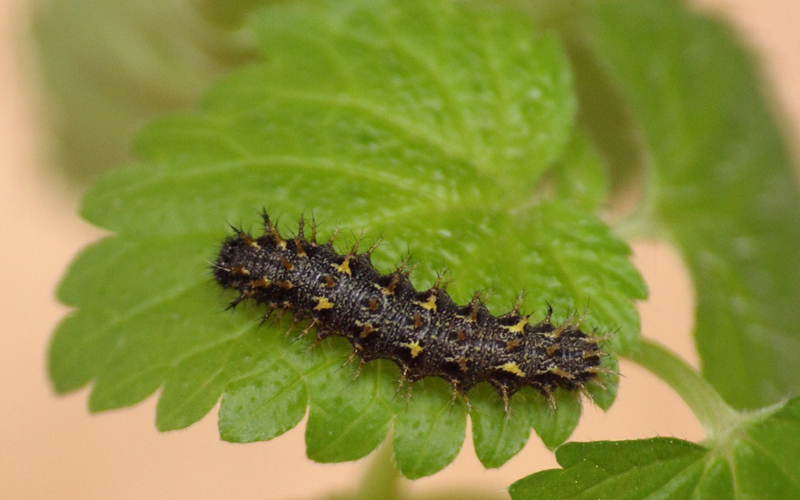
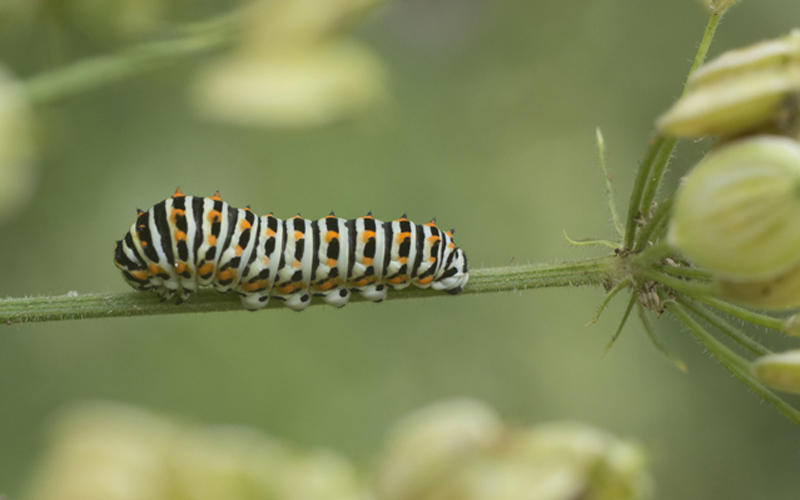
Then there are the monophagous butterflies that during this life stage depend on a specific botanical species in order to survive. For example, the two-tailed Pasha butterfly (Charaxes jasius) feeds only on Strawberry trees and it therefore can only found where these plants grow.
However, these insects do not live solely off plants. Some butterflies, such as nocturnal moths, resort to other foods when they are caterpillars and may even eat clothes to kill their hunger pangs. “Clothing is made of vegetable fibres so what we wear is another organic resource of food for other animals”, says the researcher.

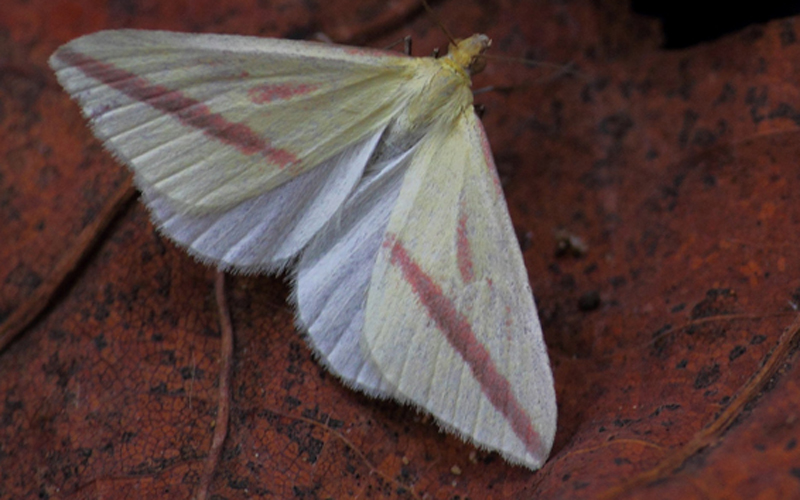
Later, when they reach the adult stage after the chrysalis or pupa phase, butterflies undergo “a complete transformation in their physiology and anatomy”, including “in their mouthparts.” It is at this point that they get a proboscis: “A long straw-like appendage capable of rolling and unrolling, which they use to suck in liquids, especially nectar from flowers.”
However, this is not always the case, says Patrícia Garcia-Pereira. “There is a small group of very old nocturnal butterflies that keep their jaws in their adulthood, feeding on mosses and lichens”.
It is also during their adulthood that butterflies play an important role as pollinators: “They are an important order of insects that, among others, are responsible for transporting pollen from male flower organs to female ones, thus allowing for the fertilization of the ovaries and the consequent production of fruits.”
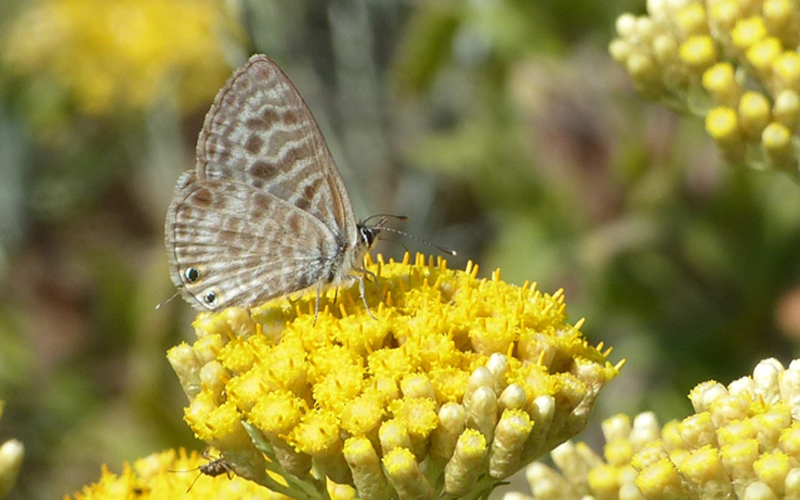
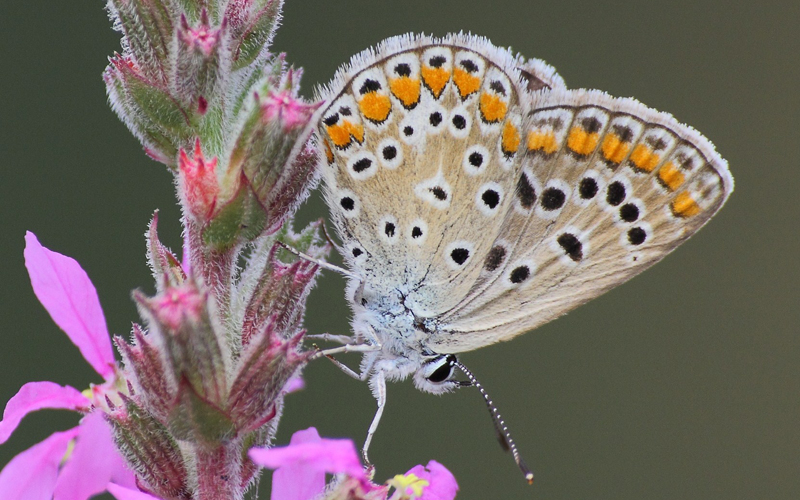

Another interesting species that can be found in cities, including in the Gulbenkian Garden, is the Hummingbird hawk-moth (Macroglossum stellatarum). Despite being a moth, it usually flies during the day. Using its very long proboscis, it feeds on the nectar of flowers as it flies, flapping its wings very quickly, just like a small hummingbird, a bird which is native to the Americas.
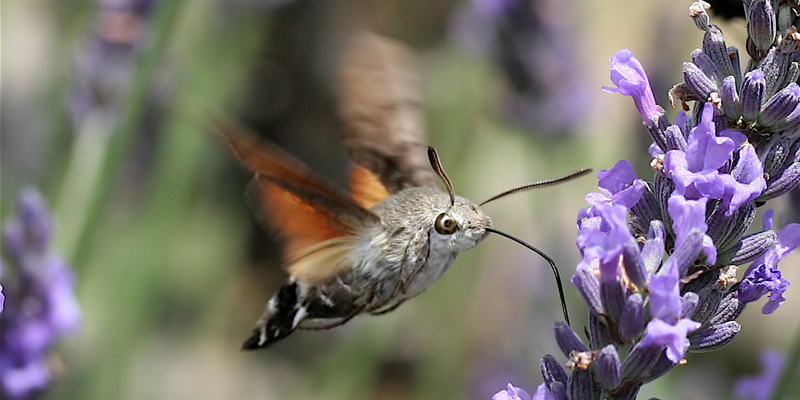
As butterflies, in general, are so different to humans, you would expect there to be big differences between our digestive system and theirs but although they differ in structure and shape, they perform the same functions. “In an adult butterfly, after ingesting the food through the proboscis, with the release of enzymes by salivary or labial glands, it passes through the pharynx, oesophagus, crop and ventricles until it reaches the intestine.” The food’s nutrients are absorbed, the rest is eliminated by excretion.

